Buying and selling rice in bulk is a significant aspect of the global food industry. Rice is a staple food for a large portion of the world’s population, and its trade occurs on both domestic and international levels. Here are the key steps involved in buying and selling rice in bulk:
Sourcing Rice: The process begins with the sourcing of rice from rice-producing regions, which can vary from country to country. Rice can be purchased from local rice farmers, rice mills, or rice wholesalers.
Quality Assessment: Buyers typically assess the quality of rice based on factors such as grain size, color, aroma, and moisture content. These factors can vary depending on the specific type of rice being traded (e.g., long-grain, short-grain, basmati, jasmine, etc.).
Price Negotiation: Negotiations between buyers and sellers determine the purchase price of the rice. These negotiations may take into account factors such as quantity, quality, market conditions, and other contractual terms.
Contract Formation: Once the terms are agreed upon, a formal contract is drawn up to document the specifics of the trade. This contract includes details on price, quantity, quality standards, delivery terms, and payment conditions.
Quality Inspection: Many bulk rice transactions involve a quality inspection process to ensure that the rice meets the agreed-upon standards. Independent inspection agencies or in-house quality control teams may perform these inspections.
Packaging: Rice is typically packaged in large sacks or containers suitable for bulk transport. The packaging should comply with food safety and storage standards to maintain the quality of the rice.
Transportation: Bulk rice is transported from the source to the destination, which can involve various modes of transport, such as trucks, ships, or trains, depending on the geographical distance and destination.
Delivery and Payment: The rice is delivered to the buyer’s location as per the contract terms. Payment is made based on the agreed-upon conditions, which can include advance payment, a letter of credit, or other financial arrangements.
Documentation: Various documents are exchanged during the transaction, including invoices, bills of lading, certificates of origin, phytosanitary certificates, and other relevant documentation required for customs clearance and trade compliance.
Quality Assurance: After delivery, the buyer may conduct further quality assessments to ensure that the received rice meets their standards and requirements.
Marketing and Distribution: Buyers may further process the bulk rice for packaging into consumer-sized units or distribute it to various markets and retailers.
The bulk rice trade is a complex process that involves multiple parties, including rice producers, wholesalers, retailers, and exporters. It plays a critical role in ensuring a stable and consistent supply of rice to meet the dietary needs of consumers worldwide. Compliance with food safety regulations and quality standards is crucial to maintaining the integrity of the rice supply chain.


Reviews
There are no reviews yet.